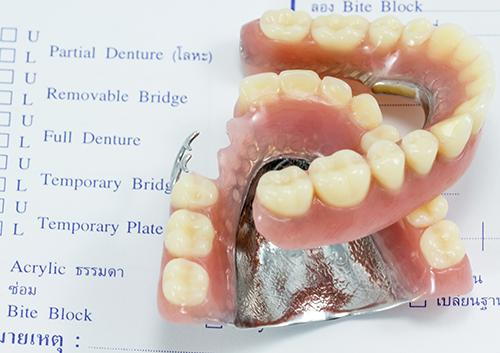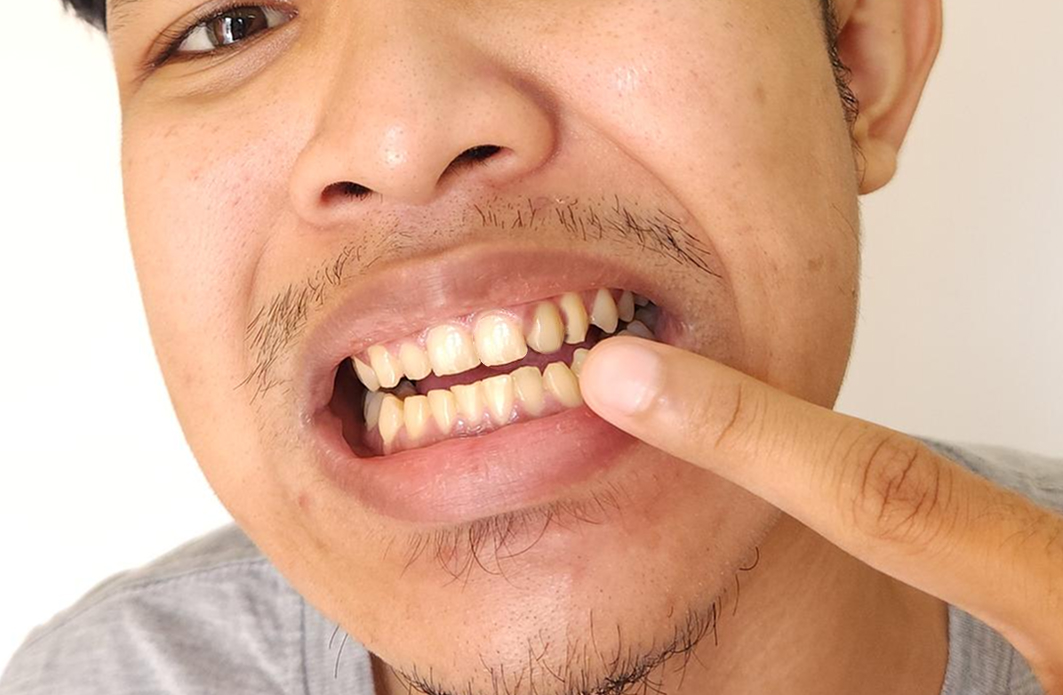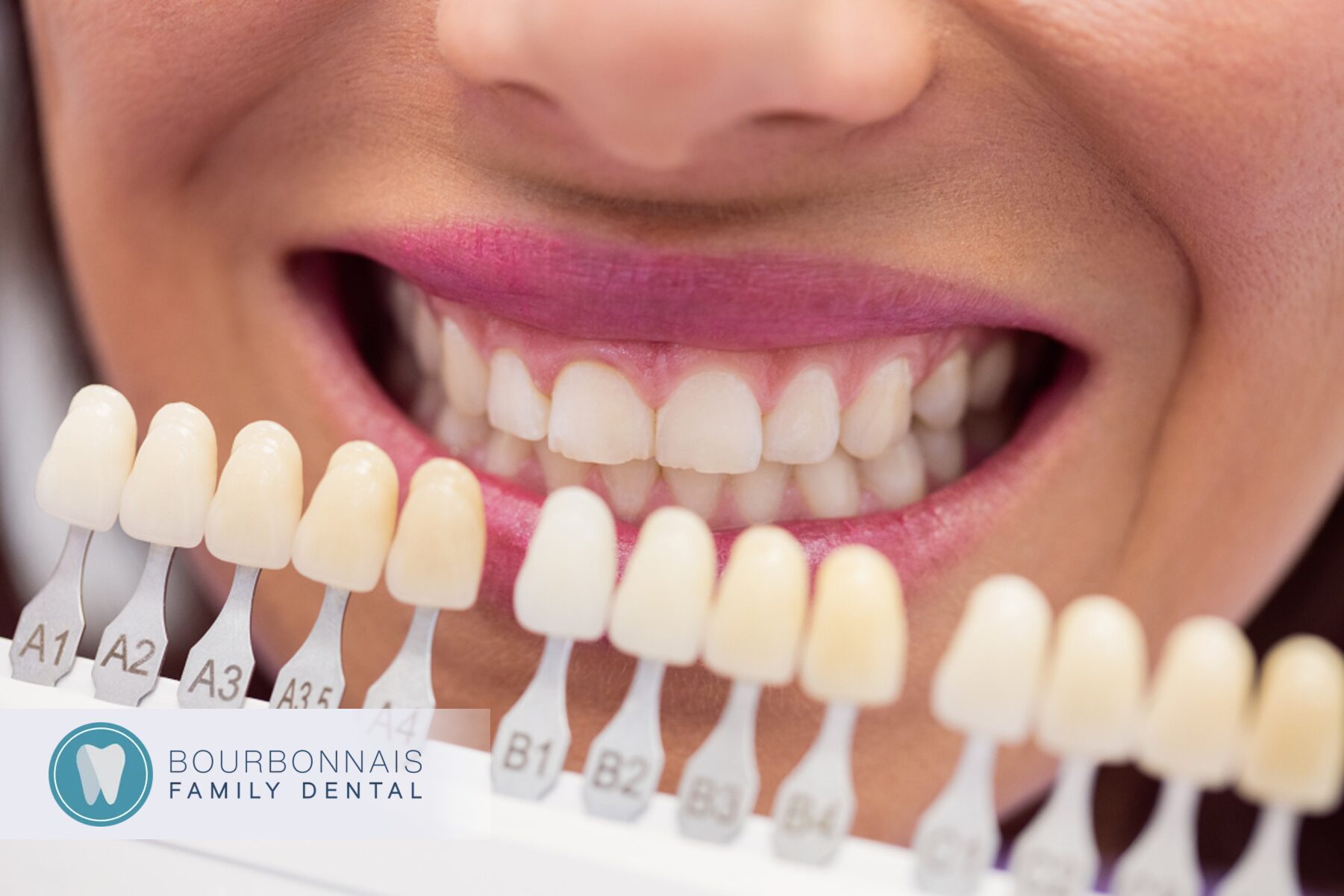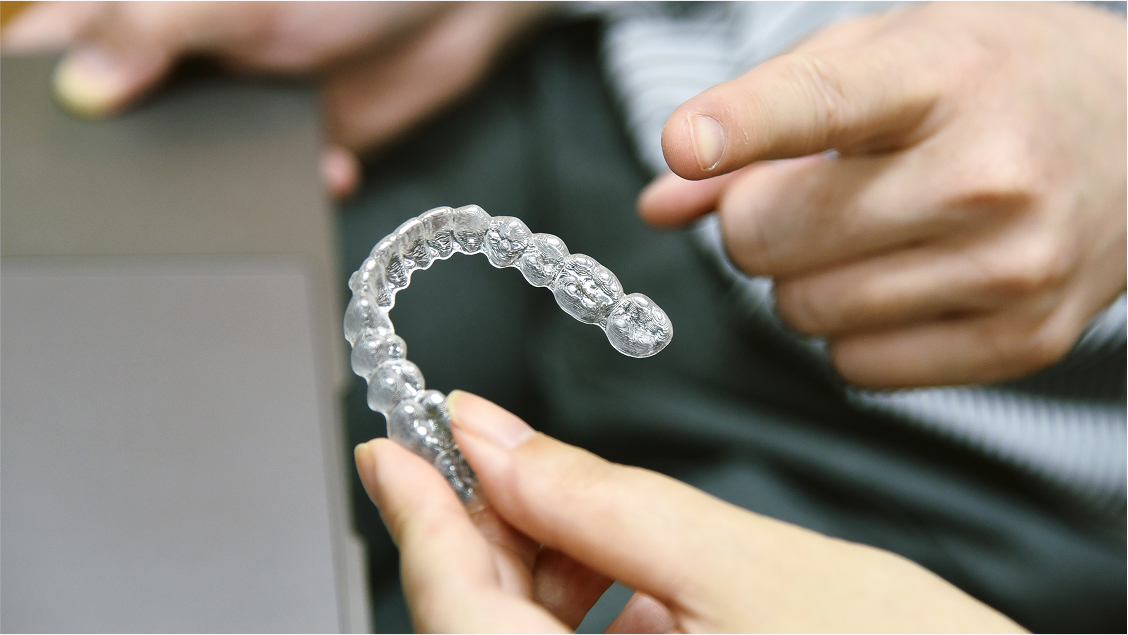If you’re considering orthodontic treatment to correct crooked teeth, you’re likely weighing the benefits of Invisalign® vs braces. This important decision affects not only your smile but also your daily life during treatment.
Here’s what you need to know to make the right choice for your specific situation.
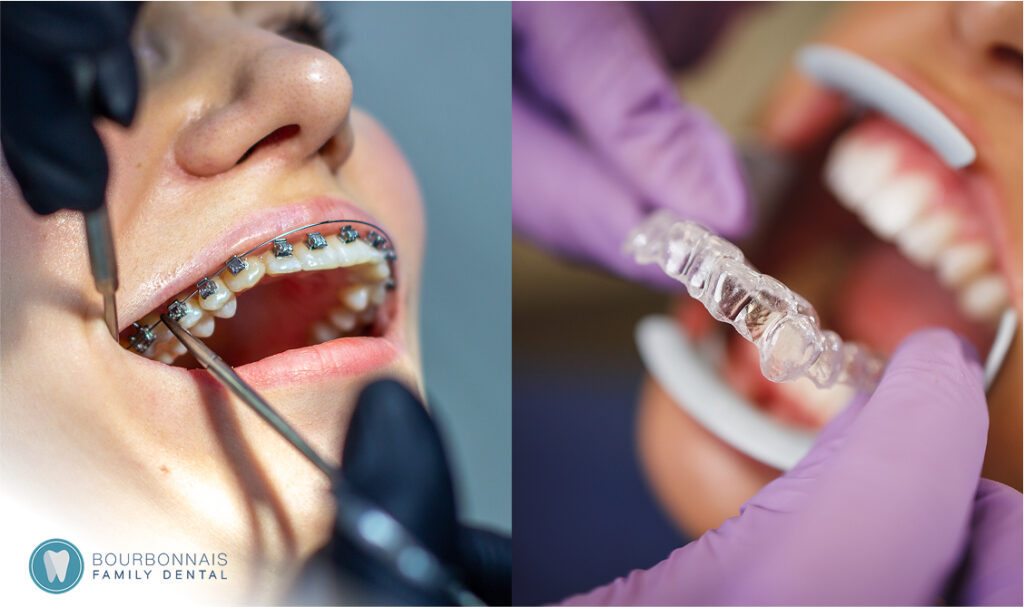
Understanding Your Options
Traditional braces have been the standard for teeth straightening for decades. These systems use metal brackets attached to the teeth, connected by metal wires that apply gentle pressure to move teeth into their correct position. While effective for complex cases, traditional metal braces are highly visible.
Invisalign® treatment offers a modern alternative. These clear aligners are made from flexible plastic and fit snugly over your teeth. Invisalign® aligners work by gradually shifting teeth into alignment through a series of custom-made trays that you change approximately every two weeks. The virtually invisible nature of these aligners has made them increasingly popular for teeth straightening.
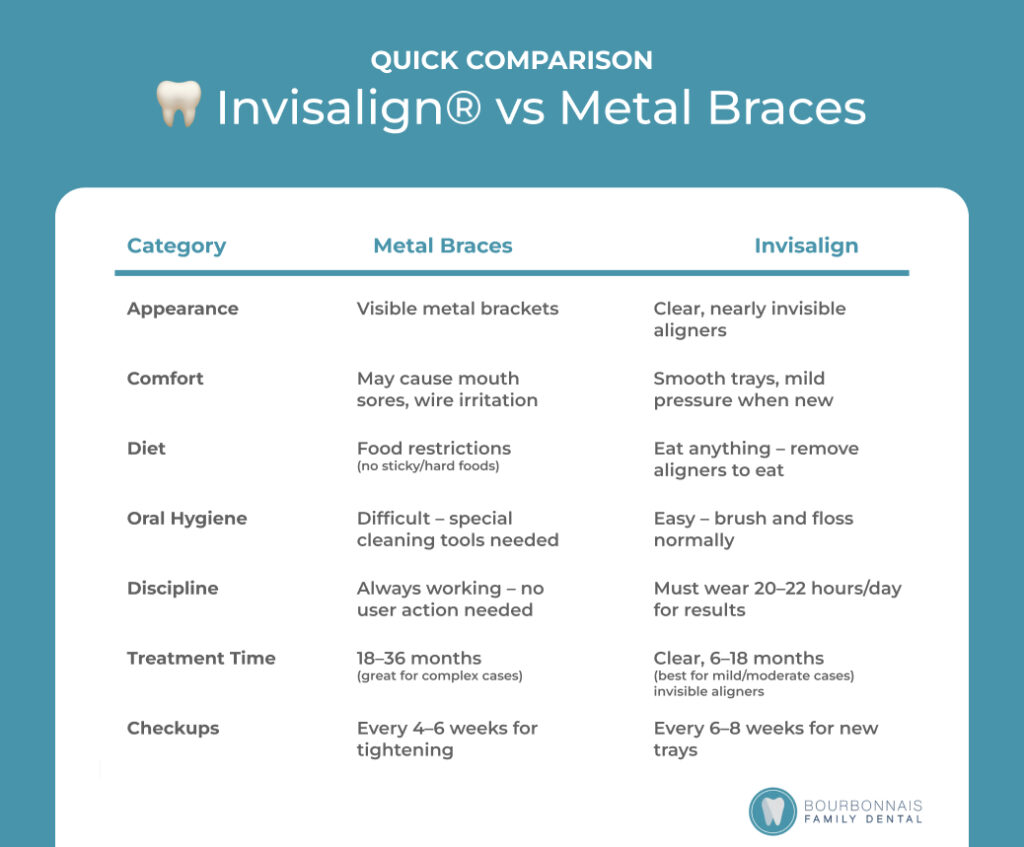
Comparing Invisalign® vs Metal Braces
When deciding between orthodontic treatments, understanding the key differences between Invisalign® and traditional braces is essential. These two popular options differ significantly in appearance, comfort, lifestyle impact, treatment duration, and maintenance requirements—all factors that can influence which choice is best for your unique situation.
Appearance and Comfort
Traditional metal braces are noticeable in your smile. While modern brackets are smaller than previous versions, they remain visible when you speak or smile. For those concerned about appearance, ceramic braces offer a less visible alternative with tooth-colored brackets.
Invisalign® aligners provide a nearly invisible option. Made from clear, BPA-free plastic, these aligners are difficult to detect during normal conversation. Many adult patients and self-conscious teens appreciate the discreet appearance of Invisalign® clear aligners during their orthodontic treatment.
Beyond aesthetics, comfort differs significantly between these options. Metal brackets can cause initial mouth sores and ongoing irritation from wires. Invisalign® trays have smooth edges that typically cause less discomfort, though patients may experience pressure during the first days with new aligners.
Lifestyle Considerations
Traditional braces require dietary adjustments. You’ll need to avoid hard foods, sticky foods, and chewy treats that could damage brackets or bend wires. Food particles easily become trapped around braces, requiring diligent brushing and flossing to maintain oral health and prevent bad breath.
Invisalign® treatments offer more flexibility. Simply remove your aligners before eating to enjoy any food without restrictions. This removability also allows for normal brushing and flossing, making oral hygiene simpler. However, Invisalign® aligners must be worn 20-22 hours daily to be effective—a commitment that requires personal discipline.
Treatment Timeline and Effectiveness
Traditional metal braces typically require 18-36 months to complete treatment, depending on case complexity. They excel at treating severe cases and complex orthodontic issues that might be challenging for other methods.
Invisalign® treatments often finish faster for mild to moderate cases, with many patients with moderate cases completing treatment in 6-18 months. Unlike braces, which work continuously, Invisalign® success depends heavily on patient compliance. Not wearing your aligners enough will extend treatment time considerably.
Professional Care Requirements
With traditional braces, expect orthodontist visits every 4-6 weeks for adjustments. These appointments ensure proper tooth movement and may sometimes involve adding components like rubber bands for specific corrections.
Invisalign® patients typically enjoy fewer orthodontist visits, with check-ups usually scheduled every 6-8 weeks. These appointments primarily verify treatment progress and provide the next set of aligners.

Who’s the Ideal Candidate?
Traditional metal braces work best for:
- Patients with severe orthodontic issues requiring precise tooth movement
- Children and younger teens who might not maintain the discipline for removable aligners
- Budget-conscious patients seeking effective treatment at a lower price point
Invisalign® aligners provide optimal results for:
- People with mild to moderate alignment issues
- Adults and responsible teens seeking a discreet orthodontic option
- Individuals who want minimal disruption to their eating habits and lifestyle
- Those who prioritize fewer office visits and easier oral hygiene routines
Understanding the Cost Factor
Cost often influences the decision between Invisalign® vs braces. Traditional metal braces typically range from $3,000 to $7,000, depending on treatment complexity. Ceramic braces generally cost $1,000-$2,000 more than standard metal options.
Invisalign® aligners cost between $4,000 and $8,000 for complete treatment. The exact cost varies based on the complexity of your case and how many aligners you’ll need. The good news is that many dental insurance plans now include orthodontic benefits that partially cover either option. Most practices also offer monthly payment plans to make your investment more manageable.
Additional Options Worth Considering
Beyond standard Invisalign® and metal braces, you might consider:
Lingual braces function like traditional braces but attach to the back of your teeth, making them invisible from the front. They typically cost more and may initially cause more discomfort than other options.
Ceramic braces operate like metal braces but use tooth-colored or clear brackets for reduced visibility. They offer a middle ground between the noticeable appearance of metal braces and the invisibility of aligners.
Making Your Decision
When choosing between Invisalign® and braces, consider these key factors:
- The complexity of your orthodontic issues
- Your lifestyle and daily habits
- Your budget constraints and insurance coverage
- Your comfort with visibility during treatment
- Your ability to follow through with treatment requirements
Both options can effectively straighten teeth and improve oral health. The primary differences involve the treatment experience rather than the end results.
The Importance of Professional Consultation
A thorough consultation with an experienced orthodontist is essential for determining the best treatment for your specific needs. During this appointment, your orthodontist will:
- Examine your current teeth positioning
- Take necessary diagnostic images
- Develop a customized treatment plan
- Discuss the advantages and limitations of each option for your case
- Review costs, insurance coverage, and payment options
Ready to achieve your incredible smile? Contact our office today to schedule your consultation and discover whether Invisalign® aligners or traditional braces better suit your unique situation.

